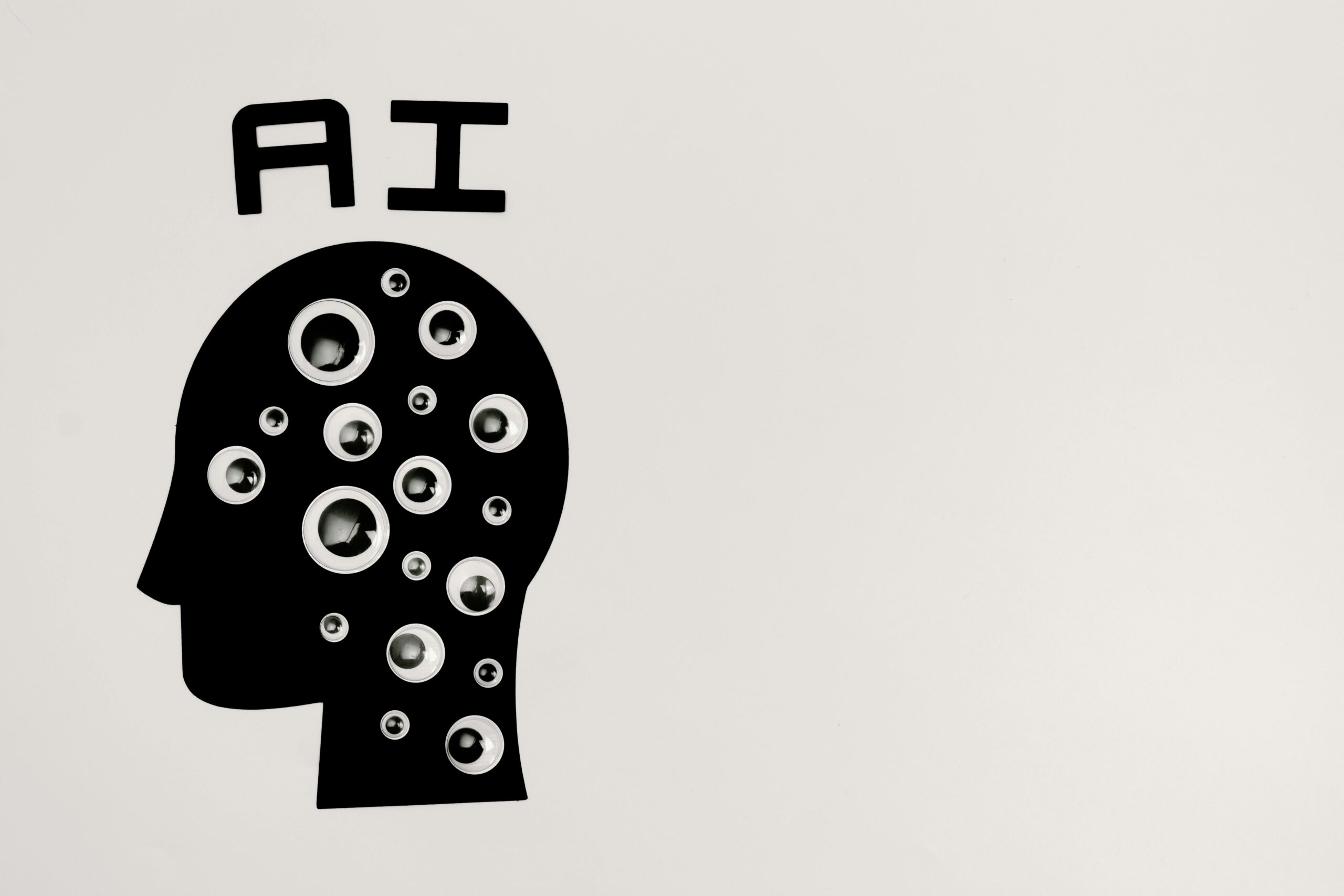AI Agents: From Chatbots to Autonomous Workers
Artificial Intelligence (AI) is revolutionizing industries by transforming passive software into active AI agents capable of perception, decision-making, and action. One of the most fascinating aspects of this revolution is the rise of AI agents, entities that can interact with their environment and make autonomous decisions to achieve specific goals. From simple customer service chatbots to complex autonomous digital workers, AI agents have evolved rapidly, reshaping how we interact with technology and redefining the future of work.
1. Understanding AI Agents
1.1 What Are AI Agents?
An AI agent is a software system that perceives its environment through sensors and acts upon that environment through actuators to achieve specific goals. Unlike traditional programs that follow predetermined instructions, AI agents are often designed to adapt, learn, and make decisions based on real-time data and environmental feedback.
1.2 Key Components of an AI Agent
-
Perception: Gathering data from the environment (e.g., user input, APIs, sensors).
-
Reasoning/Decision-Making: Processing data to determine the next steps.
-
Learning: Adapting behavior based on past experiences (reinforcement learning, supervised learning, etc.).
-
Action: Executing tasks or communicating with users or systems.
2. The Evolution of AI Agents
2.1 Early Days: Rule-Based Systems
The earliest AI agents were simple rule-based systems. These followed predefined rules to respond to specific inputs. ELIZA, developed in the 1960s, was one such system designed to simulate conversation using pattern matching.
2.2 Rise of Chatbots
With advancements in natural language processing (NLP), chatbots became the first widely deployed AI agents in real-world applications. They started with scripted dialogues and evolved into more sophisticated agents using machine learning models to understand and generate human-like responses.
2.2.1 Use Cases of Chatbots
-
Customer service (e.g., answering FAQs)
-
E-commerce assistants
-
Booking and scheduling bots
-
Healthcare triage bots
2.3 Intelligent Virtual Assistants
Virtual assistants like Siri, Alexa, and Google Assistant marked a significant leap. They incorporated voice recognition, context awareness, and integration with apps and IoT devices, allowing more dynamic and contextual interactions.
3. From Assistants to Autonomous AI Agents
3.1 What Are Autonomous AI Agents?
Autonomous AI agents go beyond chat interactions. They can perform tasks independently, sometimes coordinating with other agents or systems, to achieve broader goals. Examples include AI agents used in cybersecurity, financial trading, and supply chain management.
3.2 Characteristics of Autonomous Agents
-
Proactivity: Initiate actions without user prompting.
-
Goal-Oriented Behavior: Pursue long-term objectives.
-
Adaptability: Change strategies based on new data or failed attempts.
-
Collaboration: Interact with other agents or human workers to complete tasks.
4. Technologies Powering AI Agents
4.1 Natural Language Processing (NLP)
NLP allows AI agents to understand, interpret, and generate human language. Large Language Models (LLMs) like GPT-4 have dramatically increased the capabilities of NLP-based agents.
4.2 Reinforcement Learning (RL)
RL teaches agents to make decisions by rewarding good outcomes and punishing poor ones. It’s particularly useful in dynamic environments where trial and error help improve performance over time.
4.3 Computer Vision
For AI agents in robotics or surveillance, visual perception is critical. Computer vision enables them to interpret and understand visual information from the world.
4.4 Multi-Agent Systems (MAS)
Some environments require many agents to work together or compete. MAS frameworks help design systems where agents coordinate, communicate, and negotiate to solve complex problems.
5. Applications of Autonomous AI Agents
5.1 Business Automation
Autonomous agents are increasingly used to automate back-office tasks:
-
Invoice processing
-
HR onboarding
-
Data entry and analysis
-
Compliance checks
5.2 Customer Experience
Beyond simple chatbots, AI agents now handle complex customer queries, recommend products, and even perform transactions.
5.3 Software Engineering
AI agents can assist in code generation, debugging, testing, and deployment—speeding up development cycles and reducing human error.
5.4 Healthcare
In medical diagnostics, patient monitoring, and personalized treatment planning, autonomous AI agents can analyze large datasets and assist clinicians in making informed decisions.
5.5 Finance and Trading
AI agents in financial markets analyze trends, make investment decisions, and manage portfolios autonomously, reacting faster than human traders.
Read More: AI Agents: From Chatbots to Autonomous Workers
6. Agent Architectures: From Simple to Complex
6.1 Reactive Agents
These respond to stimuli without internal representation of the environment. They are fast but lack memory or planning capabilities.
6.2 Deliberative Agents
These build models of the world, predict outcomes, and plan accordingly. They’re suited for more complex, strategic tasks.
6.3 Hybrid Agents
Combining reactive and deliberative approaches, hybrid agents can act quickly when needed and plan strategically when appropriate.
6.4 Multi-Agent Architectures
In distributed environments, agents often need to communicate and collaborate. MAS architectures support decentralized control and cooperative problem-solving.
7. Agent Frameworks and Platforms
7.1 LangChain and AgentOps
LangChain enables the creation of language model-powered agents that can interact with APIs, tools, and databases. It supports memory, chaining, and tool integration, making it ideal for building autonomous knowledge workers.
7.2 AutoGPT and BabyAGI
These open-source projects attempt to create general-purpose autonomous agents that can plan and execute multi-step tasks. They represent early steps toward Artificial General Intelligence (AGI).
7.3 OpenAI Function Calling
This functionality allows developers to integrate AI agents with tools and APIs, creating task-specific agents that can perform actions beyond just generating text.
8. Challenges and Limitations
8.1 Safety and Control
Autonomous agents may act unpredictably or in undesirable ways, especially when given vague or overly general goals. Alignment with human values is a critical research area.
8.2 Ethical Concerns
-
Job displacement: Automation of white-collar jobs may lead to unemployment.
-
Bias: AI agents can perpetuate or amplify biases present in their training data.
-
Privacy: Agents with access to sensitive data pose potential risks.
8.3 Explainability
Understanding why an AI agent made a particular decision is crucial in high-stakes fields like medicine and law. Black-box models hinder accountability.
8.4 Scalability
Training and maintaining multiple agents at scale introduces engineering complexity and significant resource demands.
9. Future of AI Agents
9.1 Toward Generalist Agents
Projects like OpenAI’s GPT-5 and Google DeepMind’s Gemini aim to build agents capable of performing a wide variety of tasks without domain-specific tuning.
9.2 Embodied Agents and Robotics
Robots powered by AI agents are beginning to take on physical tasks—from warehouse picking to eldercare—blending the digital and physical realms.
9.3 Human-Agent Collaboration
Rather than replacing humans, the next generation of AI agents will likely work alongside people, augmenting decision-making and amplifying productivity.
9.4 Personal AI Agents
In the future, each person might have a personal AI agent managing their schedules, automating digital tasks, and even serving as a digital twin in virtual spaces.
10. Conclusion
The evolution of AI agents—from rudimentary chatbots to sophisticated autonomous workers—marks a fundamental shift in how software operates. These agents are no longer mere tools but semi-independent actors capable of making decisions and performing tasks on our behalf. As the underlying technologies mature, the integration of AI agents into business, healthcare, education, and everyday life will deepen, unlocking new possibilities and raising new questions.
While the promise is vast, the journey toward fully autonomous, safe, and beneficial AI agents requires careful design, responsible deployment, and ongoing governance. The future is not just about smarter machines but about crafting digital colleagues we can trust, understand, and collaborate with.



